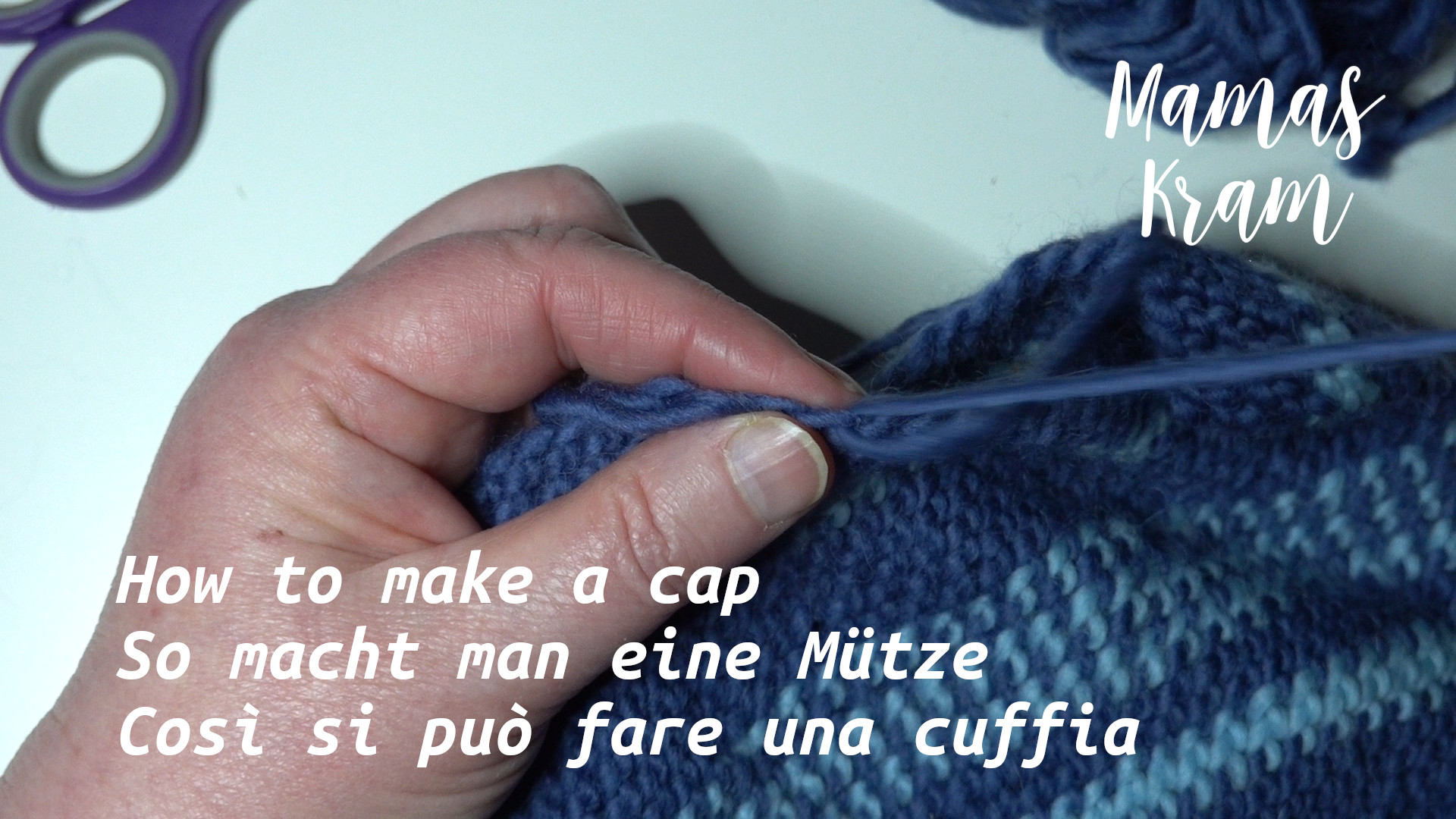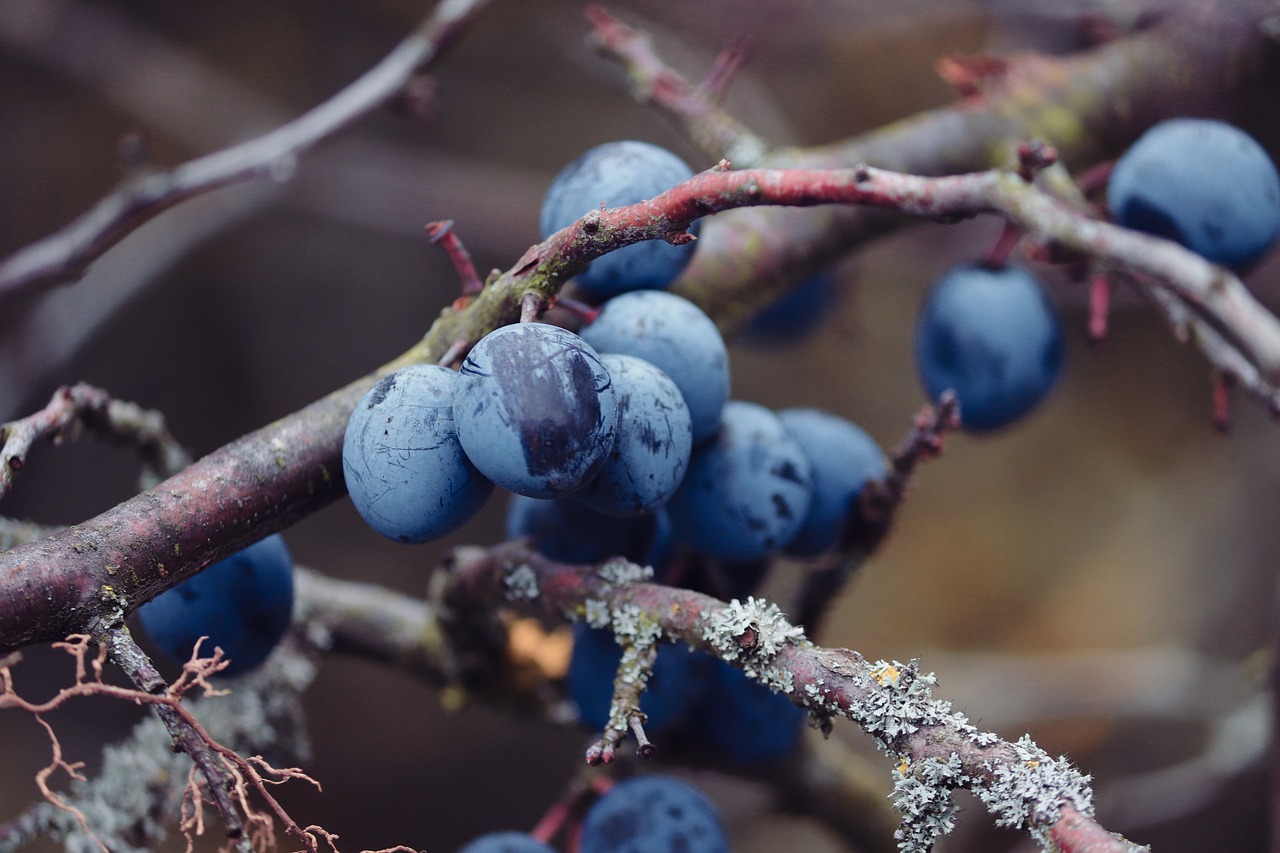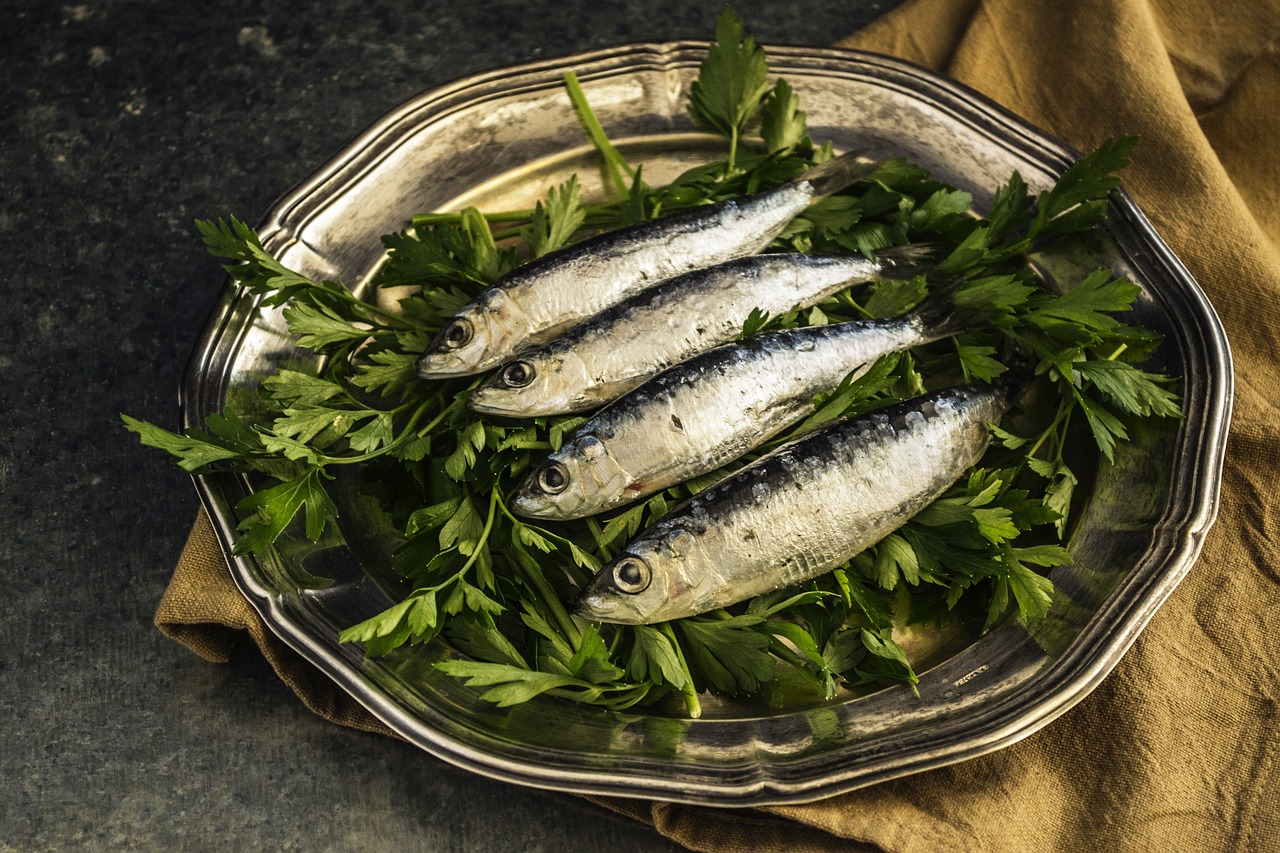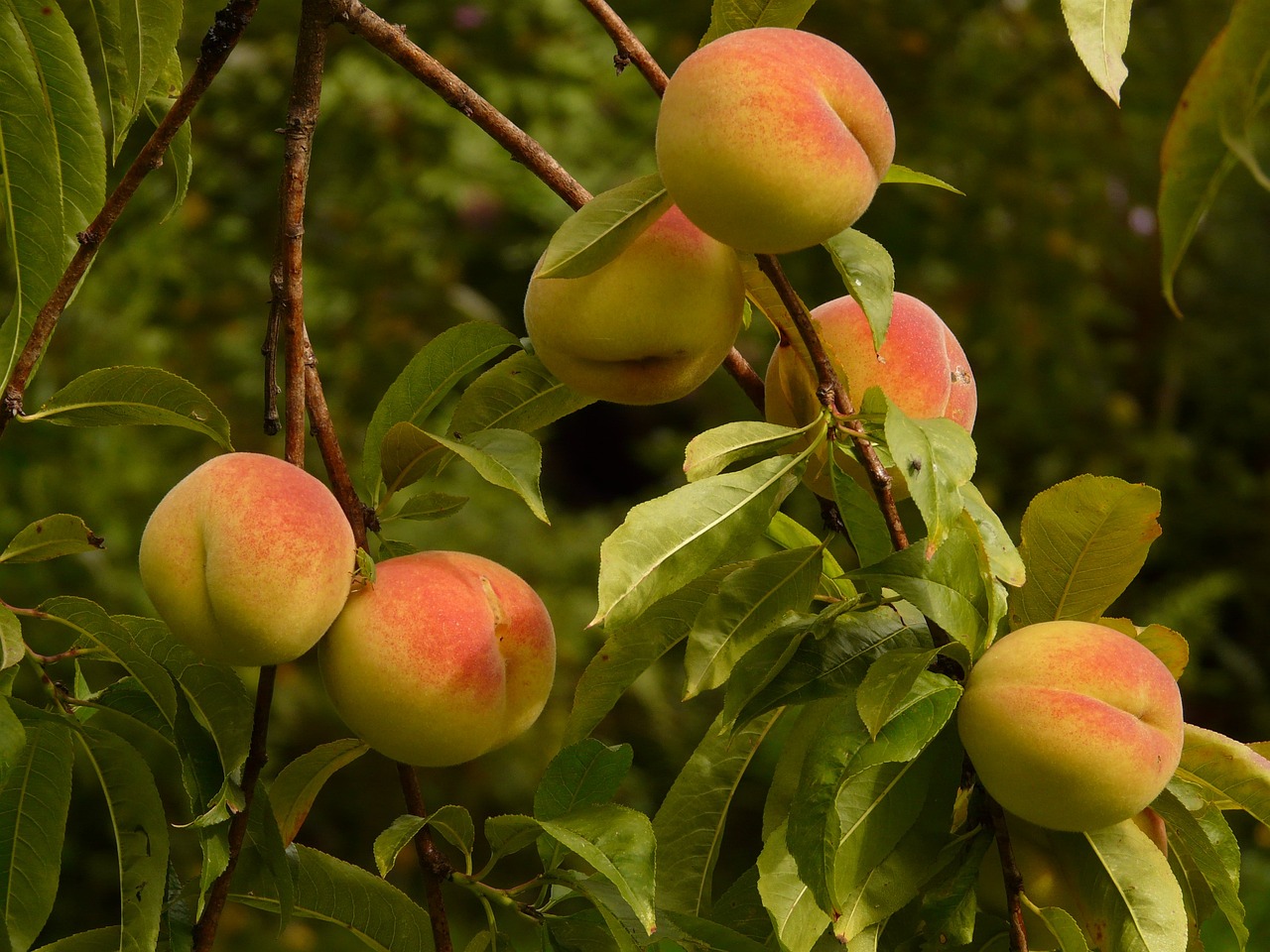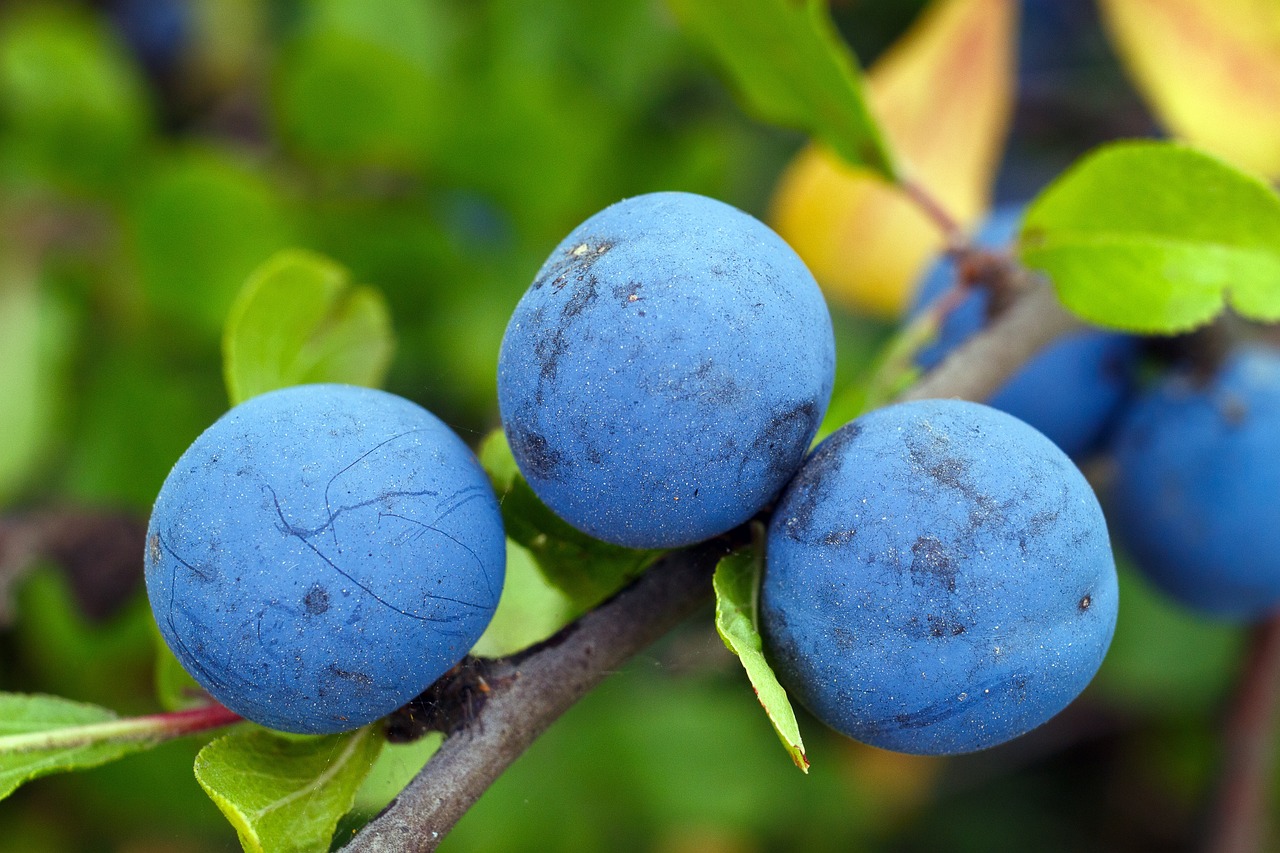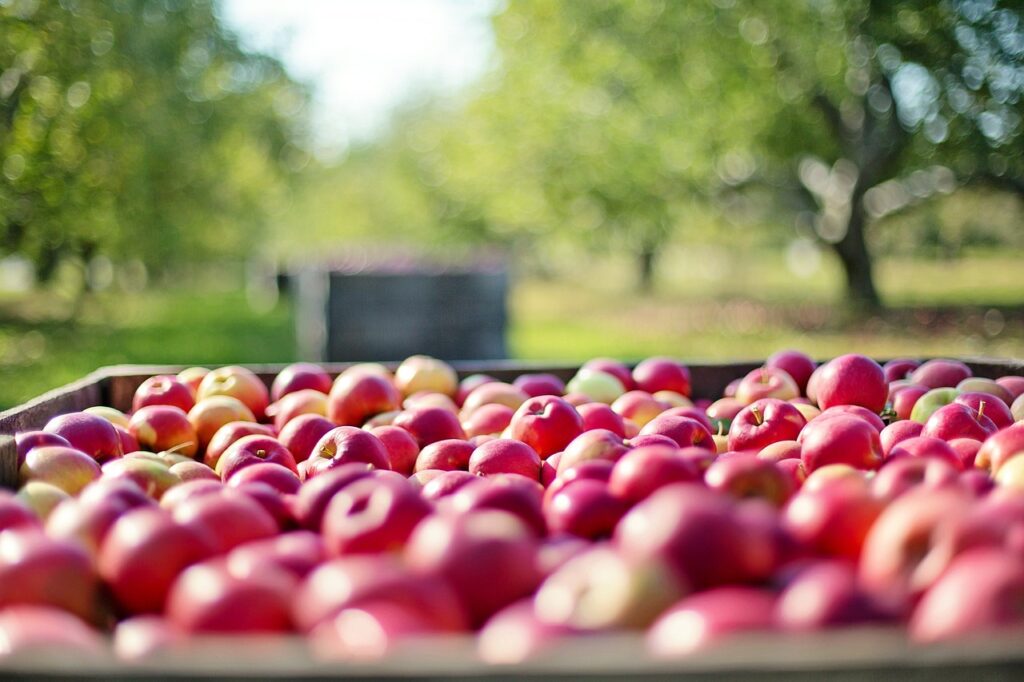Dieses Video zeigt, wie man eine einfache und dehnbare Mütze mit Naalbinding herstellt. Ich benutze in diesem Video sowohl die traditionelle Holznadel als auch eine aus Metall und auch zwei Arten, um neuen Faden zu “befestigen”.
Wie ihr vielleicht schon gesehen habt: Man bekommt eine Art Linie, wenn man immer an der gleichen Stelle zunimmt. Um das zu vermeiden, fange ich in der 5. oder 6. Runde an, die verdoppelte Schlaufe (Zunahme) immer an verschiedenen Stellen zu platzieren und zähle die Schlaufen/Schlingen dann normal weiter. Nachfolgend wiederhole ich die Zunahmen so, wie ich sie in den Untertiteln geschrieben habe.
Du fragst dich vielleicht, wie oft ich die Anzahl der Schlingen erhöht habe: Am Ende hatte ich 50 Schlingen pro Runde.
Und die Anzahl der Runden: 52 für diese Mütze.
Garn: Ich werde dir einige Links zu Garnen geben, die dem entsprechen, was ich hier verwende. ( Denkt immer daran, auf euren lokalen Märkten zu kaufen :-))
Verwendete Garnmenge: ca. 60 g (50 g = 50 m / für Stricknadeln 8 mm / UK 0 / US 11)
Die Nadel:
ABER: jeder von uns arbeitet anders. Deshalb ist es am einfachsten, die erste Mütze anzufertigen, indem man sie immer wieder abmisst, so wie ich es im Video mache, und mit einer Mütze vergleicht, die passt. Die andere Möglichkeit ist, einfach zu messen, wie sie auf den Kopf passt. Anders als beim Häkeln oder Stricken kann man diese Mützen nicht einfach auftrennen. Der Vorteil des Nadelbindens ist, dass man keine Laufmaschen bekommt (wie man es oft bei gestrickten Kleidungsstücken hat). Da dieser spezielle Naalbinding-Stich (der meines Erachtens der einfachste ist) eine sehr dehnbare Mütze ergibt, muss die Weite nicht so genau sein wie beim Oslo-Stich (der von den meisten Nadelbinderinnen verwendet wird).
Anleitung:
Runde 1: 5 Schlingen binden
Runde 2: jede Schlinge verdoppeln –> 10 Schlingen
Runde 3: jede zweite Schlinge verdoppeln –> 15 Schlingen
Runde 4: jede dritte Schlinge verdoppeln –> 20 Schlingen
Runde 5: jede vierte Schlinge verdoppeln –> 25 Schlingen
Runde 6: Hier ändert sich der Rhythmus, wie man die Schlingen zunimmt. Verdopple die zweite Schlinge und dann jede 5. Schlinge bis zum Ende der Runde –> 30 Schlingen
Runde 7: Verdopple die 5. Schlinge. Dann jede 6. Schlinge verdoppeln –> 35 Schlingen
Runde 8: hier verdopple ich wieder die 2. Schlinge und dann jede 7. Schlinge –> 40 Schlingen
Runde 9: die 1. Schlinge verdoppeln, dann jede 8. Schlinge –> 45 Schlingen
Runde 10: verdopple die 6. Schlinge und dann jede 9. Schlinge –> 50 Schlingen
Von hier an habe ich nicht mehr zugenommen. Abhängig von der Kopfform können einige Zunahmen weiter unten in Ordnung sein (aber es ist wirklich selten, dass dies nötig ist).
Materialien:
Holznadeln: https://amzn.to/3Ea2jdq (hier würde ich wirklich versuchen, sie auf einem Markt handgefertigt zu bekommen – diese sind nicht gut abgerundet, aber es gibt Holznadeln, die es eben sind)
Stumpfe Metallnadeln: https://amzn.to/3srPRTJ
Stumpfe Metallnadeln (einschließlich einiger zum leichteren Weben): https://amzn.to/3QXgnyF
Spitz zulaufende Metallnadeln: https://amzn.to/3YNcKwS
Wolle: https://amzn.to/3YQP5fg (es gibt auch mehrfarbige Stränge)
Hier mein Linktree, von dem aus ihr weitere Inhalte finden könnt:
https://linktr.ee/mamaskram
Und wenn du mich auf einen Kaffee einladen möchtest, kannst du das hier tun:
https://www.buymeacoffee.com/mamaskram
